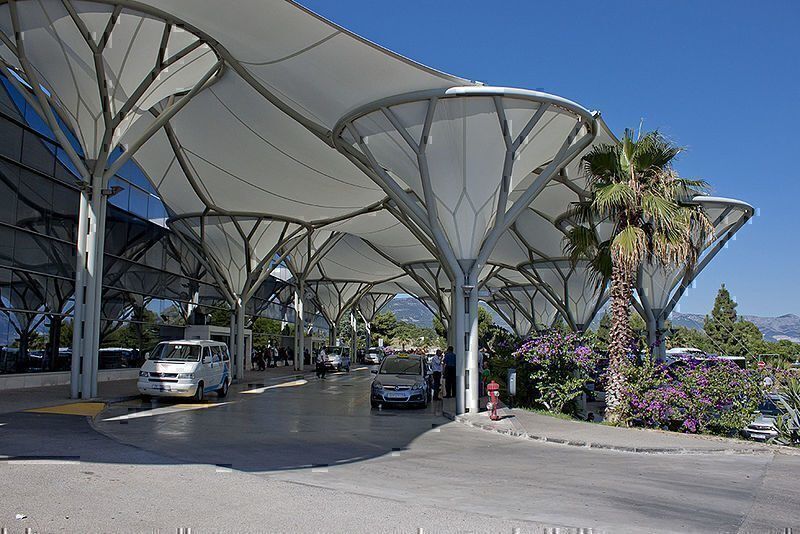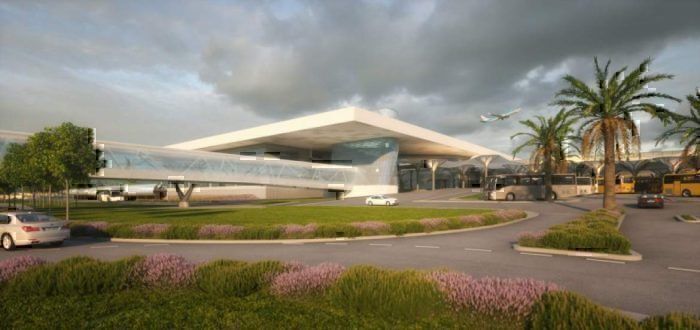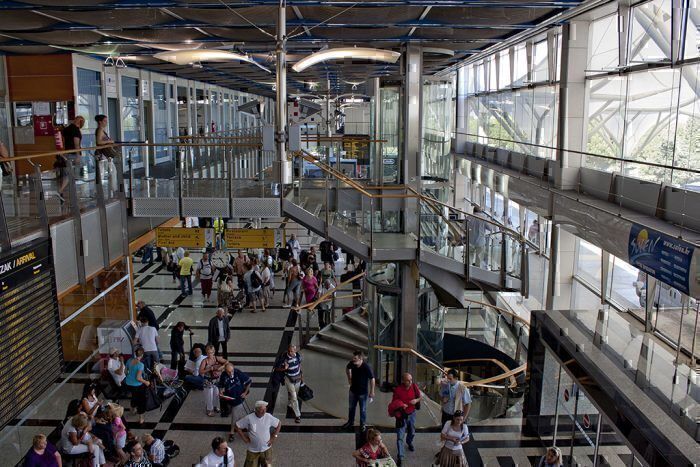Split Airport, the second biggest by passenger numbers in Croatia, is opening its new terminal next week at last. Split has been operating above its passenger capacity for several years now, because of the painfully slow Croatian legal system and a surge in passenger demand for this coastal Croatian city.
The old terminal averages a score of 2.2 on Google, with one of its most recent reviewers calling it "absolutely horrendous". As such, the new terminal is a much needed development. Local residents hope that expanded capacity will allow the airport to drop its fees and attract more low-cost carriers.
Why is Split Airport expanding so late?
In conversation with tportal.hr the Assistant Director of Split Airport revealed that the airport has spent "years" acquiring land that surrounds it in a "systematic" manner.
In a country like Croatia, this is not easy. The World Economic Forum ranked the country 139th out of 140 for "efficiency of legal framework in settling disputes". It was precisely this inefficiency that hindered Split Airport.
Poslovni Dnevnik reported in 2012 about a hothouse company that operated on land adjacent to Split Airport. The hothouse company had come into dispute with its workers over unpaid wages. These workers requested bankruptcy proceedings in 2012, and it was then left to the local courts to administer the auction of the company's property, including its land.
Split Airport had committed to acquire all land for expansion legally, and not by decree of the regional government. Doing otherwise would have severed ties with the local community. But, by choosing this route, the airport put itself at the mercy of Croatia's painfully slow legal system.
At least Split did not make progress as slowly as Berlin.
Split Airport is a remarkable success
Passenger growth at Split Airport in the last decade has been incredible. Speaking to Slobodna Dalmacija the Airport's Director outlined some impressive figures.
Amongst them is the fact that the airport managed to double its passenger numbers in just six years. Between 2010 and 2016, traffic grew from 1.2 million to 2.3 million. Passenger numbers rose 23% in 2017 and 11% in 2018.
Such constant annual surges in demand are far more rapid than the infrastructure of the old terminal can handle.
The tourism boom in Croatia is a heavy contributor to passenger growth in Split. Amongst other favourable aviation developments in the region are the resumption of direct flights between Croatia and the USA, and a massive route expansion by Air Serbia.
Lack of capacity deters LCCs at Split Airport
The surge in demand and the restricted opportunities to expand brought great profitability to Split Airport. It is one of the most profitable companies in Croatia, reporting a net profit of over 350m HRK (£43m) in 2017. So profitable is the airport, that it is financing the construction of the new terminal from its own reserves.
This means Split is in the favourable position to be picky with its customers. Its Director told Slobodna Dalmacija in 2017 that the reason why the airport never had any Ryanair flights is its strict pricing policy. The airport charges all airlines the same, and is in a position to do so because it already has more passengers than it was planned to handle.
Ryanair spent years negotiating with Split in hope of securing discounted fees, but the airport would not budge. Now, since June 2019, Ryanair is flying to Split from Dublin, and it pays the same price as everyone else.
The long-awaited opening of the new terminal will increase passenger capacity at Split. As a result, the airport could lower its fees to incentivise more flight frequencies and new routes. But will it be willing to sacrifice its profitability for that?



